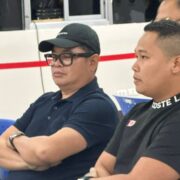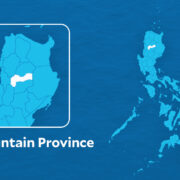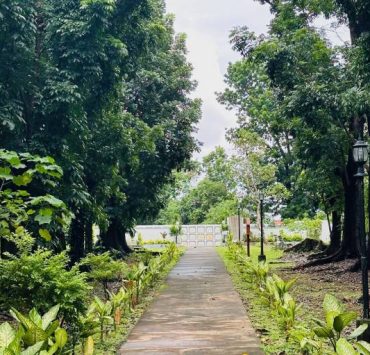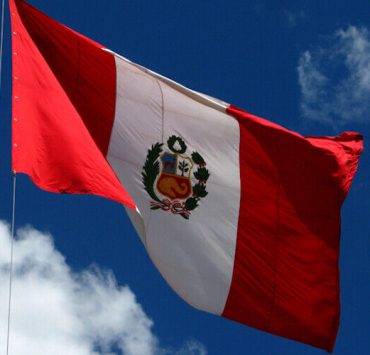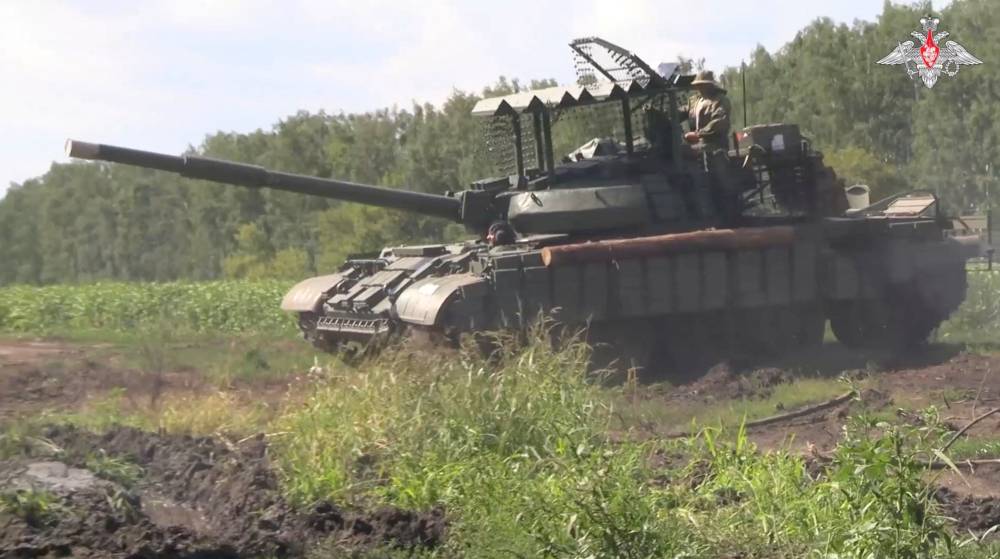
Russia moved extra tanks, artillery and rocket systems to its southern Kursk region and imposed antiterrorism measures in border areas as it battled a shock incursion by Ukraine’s military.
Ukrainian forces, meanwhile, posted a video purporting to show them in control of a town near the border, the first pictorial evidence of their cross-border advances.
Ukrainians launched a surprise offensive into Russia’s western Kursk region on Tuesday, in the most significant attack across the border since Moscow invaded in February 2022.
Influential Russian military bloggers have blasted army leaders for failing to spot or quash the incursion.
Russia’s defense ministry said it was sending rocket launchers, artillery, tanks and heavy trucks to reinforce its troops in the region, state media reported.
In new evidence of the damage inflicted in the Ukrainian counter-offensive, another video posted on social media and verified by Reuters showed a convoy of about 15 burnt-out Russian military trucks spaced out along a highway in the Kursk region.
Some contained dead bodies.
Nuclear power station
The acting governor of Kursk region, Alexei Smirnov, said drone debris had fallen on a power substation near Kurchatov, site of one of Russia’s largest nuclear power stations with four reactors. Power to the area was cut for a time.
The head of the UN’s International Atomic Energy Agency urged both sides to show restraint in view of the proximity of the conflict to the station, 60 kilometers from the border.
Politicians and the military are referring to a Ukrainian “invasion”, nearly two and a half years after Russia launched its own full-scale invasion of its neighbor.
Early on Saturday, Russian news agencies said the National Anti-Terrorism Committee had imposed anti-terror measures in Kursk region and in nearby Bryansk and Belgorod regions.
The statement said the decision, taken by Alexander Bortnikov, head of the FSB intelligence service, was in response to Ukraine’s “unprecedented attempt to destabilize the situation in a series of regions”.
Security measures
RIA news agency said the measures included possible displacement of residents, limits on transport, beefed-up security around sensitive sites and wire taps.
Two days after Military Chief of Staff Valery Gerasimov reported to President Vladimir Putin that the advance had been halted, Russia’s defense ministry said its forces “continue to repel an attempted invasion by the Armed Forces of Ukraine”.
Interfax news agency quoted the ministry as saying that Russia was sending in columns of reinforcements with Grad multiple-launch rocket systems, artillery and tanks.
The Ukrainian video purported to show Ukrainian forces in control of a gas measuring facility run by Russian concern Gazprom in the town of Sudzha.
“The town is controlled by the Armed Forces of Ukraine, the town is calm, all buildings are intact,” a soldier in the video said, adding that the “strategic Gazprom facility” was under the control of a Ukrainian battalion.
There were unconfirmed reports from Russian sources of Ukrainians pushing as deep as 35 kilometers from the border.
Several Russian media shared a video purporting to show Sudzha residents appealing to President Vladimir Putin for help, warning that many were unable to evacuate.
“In a few hours our town was turned into ruins … Our relatives are left behind, we can’t call them, there is no communication. Please help us get our land back,” one resident said in the video.
Thousands have been evacuated from the border region, with Russia putting on an extra train to Moscow from the regional capital, Kursk.
At a train station in Moscow, AFP journalists saw families disembarking with children.
“The war has come to us, so all the relatives have gone to Moscow,” AFP heard a woman with her young daughter saying at the station.
Reuters could not verify this video and the Ukrainian military’s General Staff made no comment.
President Volodymyr Zelenskiy has maintained a strict silence on the operation, though he dropped some clear hints on Thursday, without referring to Kursk.
He praised his army’s ability “to surprise”. And in his nightly video address, he thanked army units who had taken Russian servicemen prisoner, to be used in later negotiations.
“This is extremely important and has been particularly effective over the past three days,” he said.
Ben Barry, land warfare analyst at the International Institute for Strategic Studies, said that while its wider strategic goals remained unclear, Ukraine had exposed Russian shortcomings and overturned the conventional wisdom on the war that neither side could advance without heavy losses.
“They clearly have achieved a degree of surprise which suggests that Russia’s ability to do intelligence, surveillance and reconnaissance is inadequate,” he said in a phone interview.
A Ukrainian Telegram channel that posted the video of the destroyed Russian trucks said they had been hit by a U.S.-supplied HIMARS rocket system. Russian bloggers also blamed a HIMARS strike.
Reuters was not able to establish how the vehicles were destroyed.
The United States announced a new $125 million package of aid for Ukraine, including Stinger missiles, artillery ammunition, and anti-armor systems. Zelenskiy said the package was “vital for our forces to counter Russian assaults”.
Russia’s defense ministry released its own video which it said showed a drone destroying a Ukrainian tank and howitzer near Sudzha. Reuters was able to verify the location.
The ministry said that in the previous 24 hours, Russian troops, air strikes and artillery had “suppressed raid attempts by enemy units deep into Russian territory in the Kursk direction”.
It said that Ukraine had lost up to 945 soldiers and 102 armored vehicles in total, while mentioning no Russian losses.
Reuters could not verify the battlefield accounts. On Wednesday, Gerasimov had said the Ukrainian attack was mounted by up to 1,000 troops.
The Institute for the Study of War said in an overnight report that geolocated footage and Russian accounts indicated that Ukrainian forces had “continued rapid advances”.
AFP is one of the world's three major news agencies, and the only European one. Its mission is to provide rapid, comprehensive, impartial and verified coverage of the news and issues that shape our daily lives.
Reuters, the news and media division of Thomson Reuters, is the world’s largest multimedia news provider, reaching billions of people worldwide every day. Reuters provides business, financial, national and international news to professionals via desktop terminals, the world's media organizations, industry events and directly to consumers.










